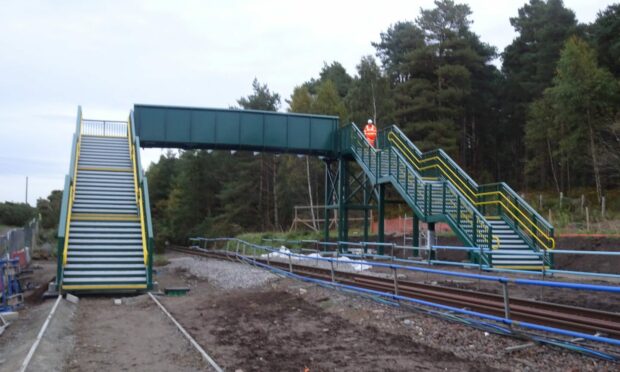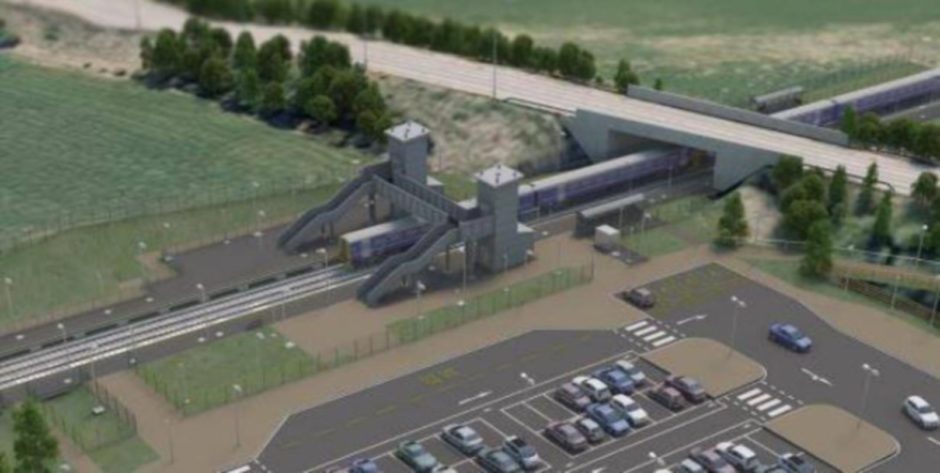A level crossing near Inverness will close permanently as part of ongoing works to open a train station at the city’s airport.
The crossing at Petty, on C1020 road, will close to pedestrians, cyclists and vehicles just after midnight on the morning of Saturday October 15.
A new fully lit footbridge and path has been built in its place and will open to the public on Friday.
This date also marks the closure of the train line between Inverness and Elgin for 11 days as Network Rail staff begin working “around the clock” to build the new station at the airport.
The £14 million project – due to be finished in December – hopes to give international travellers easier access to both Inverness and Aberdeen.
Safety improvements
As part of the works, the private level crossing at Woodend, just east of Petty, will also close permanently.
Jo Noble, Network Rail’s sponsor for the Inverness Airport station programme, said the closures would improve safety on and around the line.
“The most effective way of reducing level crossing risk is to remove the crossing completely,” she said.
“Level crossings were part of a network built around 180 years ago, when there were fewer cars and the pace of life was much slower. If you were to build a railway today it would not have any level crossings.
Once the crossings have been formally closed, works will begin to create turning areas on the roads on both sides of the railway and the line will be fenced off.


Conversation